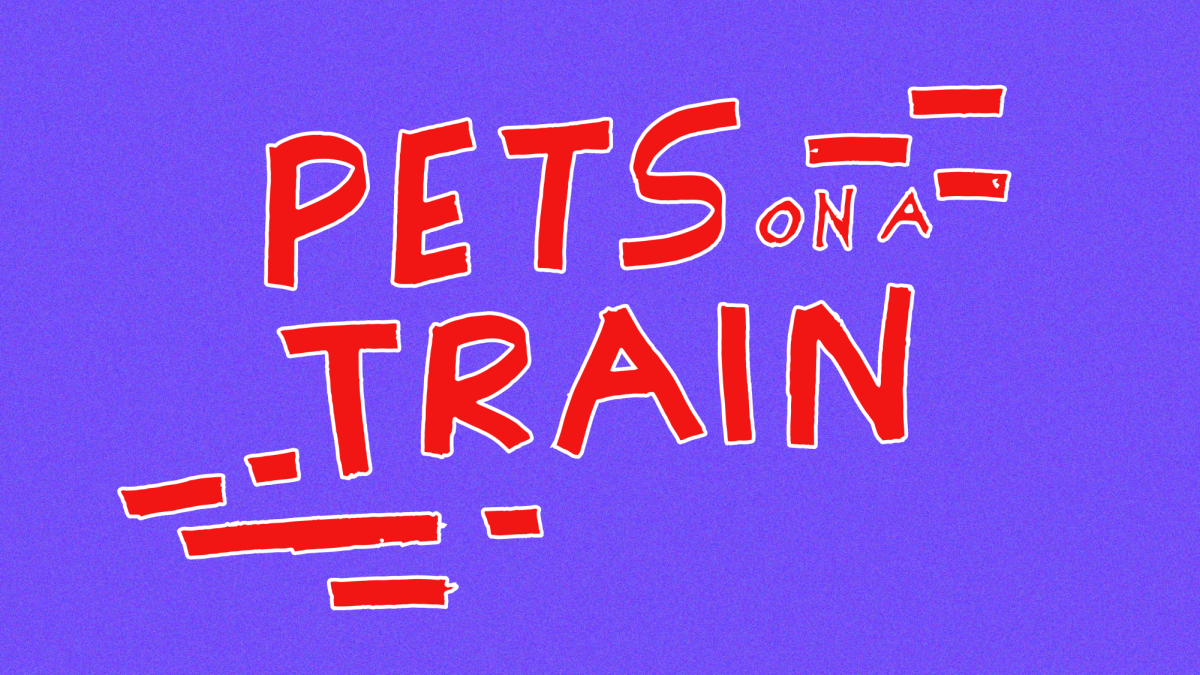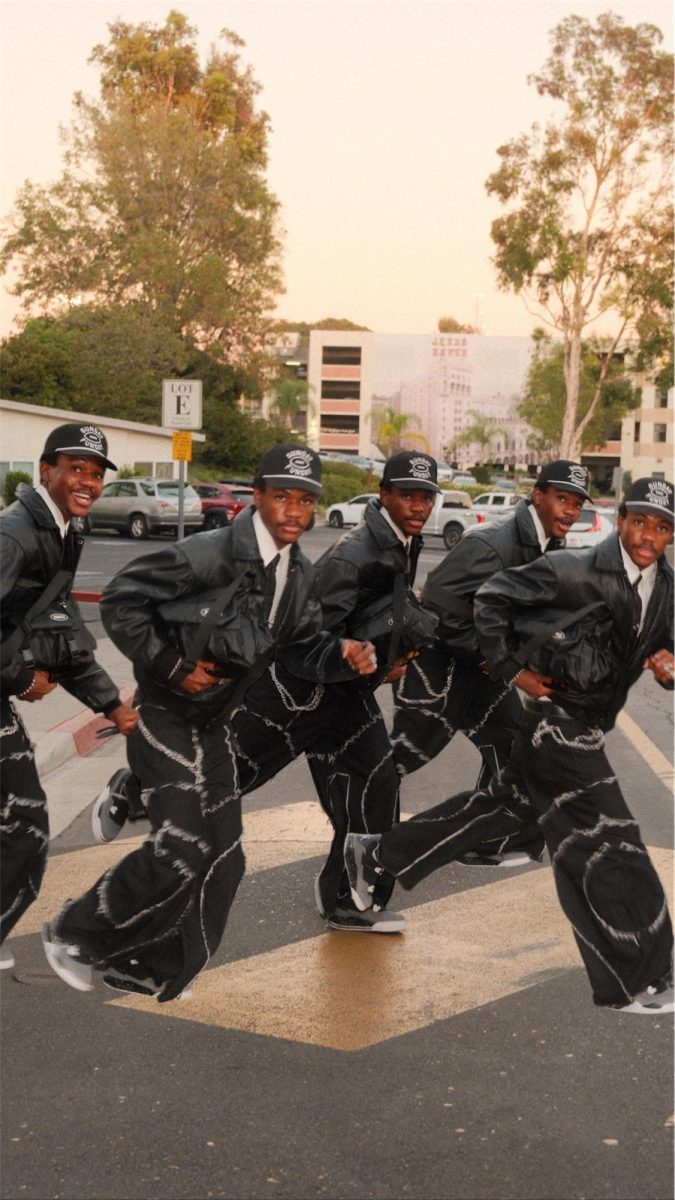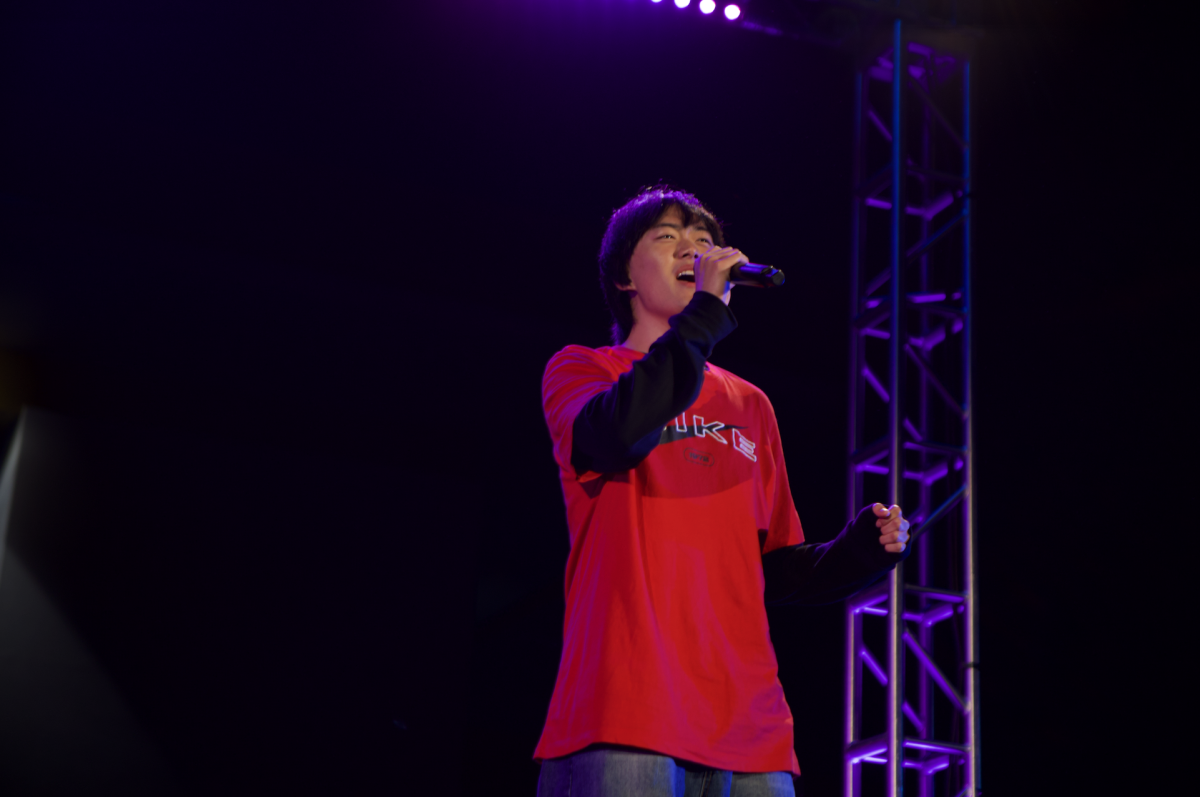The call for original content in film, particularly animation, has been louder than ever during an ever-changing entertainment landscape. While there have been successful recent releases such as “Spider-Man: Across the Spiderverse” and “Inside Out 2,” most are either based on existing intellectual properties and or are sequels.
The indie animation scene has had a steady uprising in recent years with hits like “Marcel the Shell with Shoes On” and “Flow,” but seems to find a more general audience on emerging internet platforms. Standalone commercial films are rare but finding independent ones can feel like finding a unicorn. “Pets on A Train.” distributed as “Falcon Express” in France, is a new animated movie created by TAT Productions, a small french studio and has been released with no major marketing. Have the stories everyone is craving been hidden all this time and if so, is it for better or worse?
If “Over the Hedge” was directed by David Leitch it would probably look very similar to “Pets on A Train.” Falcon, the main character, is a sneaky yet well intended raccoon who steals food in order to feed his other animal friends at the train station. Christmas is around the corner, and Falcon has planned one of his most ambitious heists yet, stealing the food supply from the train before it departs.
The train has a diverse range of pets on board including a hippie bunny couple, a hyperactive chihuahua and even a rapping snake. All is going according to plan until Falcon’s partner, Hans, a ruthless badger, hacks the train and sends it speeding away with the helpless creatures on board. Hans plans for the train to crash so he can enact his revenge on a K9 named Rex, leaving it up to Falcon and everyone else to work together before it’s too late.
FRENCH DISPATCH
French animation is remarkable for its ability to appeal to U.S. audiences, in addition to those of its motherland. Childhood classics such as “Arthur and the Invisibles” and the 2015 adaption of “The Little Prince” have English dialogue but are made in France while Illumination outsources their billion dollar franchises from Illumination Studios Paris.
There have been some notable original productions such as the Oscar nominated “A Cat in Paris” and “Ernest & Celestine” but positive reception tends to lack in the computer animated realm. Similar to some of the previously mentioned films, “Pets on A Train” has a French and American dub with the difference being its usage of lesser known actors compared to Hollywood stars. The cast members of “Pets on A Train” have starred together in projects varying from the show “Arthur” to “X-Men: Days of Future Past” with some voicing in French films like “A Monster in Paris” and “Leap!”
The mind behind “Pets on A Train,” TAT Productions, is a French animation studio dedicated to producing a wide range of authentic intellectual properties such as the “Spike” and “The Jungle Bunch” franchises along with existing brands such as Asterix in “Asterix and Obelix: The Big Fight.” A lot of seasoned TAT employees are attached to the film with Benoît Daffis and Jean-Christian Tassy co-directing.
“Pets on a Train” marks Daffis’, who has a background in graphics design, directorial debut while Tassy brings in experience from directing action films as well as editing other TAT properties. The strengths of both directors is seen very clearly with the film’s graphics being surprisingly clear for a low-budget movie while the action as well as editing can definitely be attributed to Tassy. The decision to have two directors from live-action and animation benefitted the film, especially when it came to the action scenes.
ALL ABOARD
The business model of TAT harkens back to the days of PIXAR where the studio’s creators were also involved heavily on the company’s filmographies. TAT founders Jean-François Tosti and David Alaux not only wrote/produced “Pets on A Train” but have done so for pretty much everything else TAT has made. Overall, the script is clever at blending already existing troupes but manages to do so in a way where there are few pop culture references and more unique jokes. The surprising humor, Hispanic martial arts mice to washed up aquatic animal actors, is one of the script’s strong suits but may fall short due to the English translation.
As described earlier, “Pets on A Train” does borrow, whether intentional or not, from a few iconic plots which conflictingly both help drive and derail the film. The central story is closely reminiscent of “Over the Hedge” which follows a scheming raccoon who recruits and lies to a bunch of forest creatures to assist him in taking food from humans. Falcon resembles a slightly more friendlier and ethical version of RJ from “Over the Hedge” but still is cunning and deceiving. Hans parallels Vincent from “Over the Hedge” as they both walk on their back legs and have very identical voices even though they are voiced by different actors. One of the main familiar nods “Pets on A Train” leans into is the whole event taking place at Christmas time, in the same vein of some well regarded action films. While some jokes tie-in well with the holiday, there are scarcely any visual or verbal indications to remind people of the Yuletide season.
There has been a recent appearance of international animated films with the most contributions coming from mainland China. TAT is creating an extensive network of distinct animated works with “Lovebirds” as well as “Pil’s Adventures,” a feature film and a television series, on the way. European animated films in general usually only seem to find global favor when it comes to pieces from Britain and Ireland. Has China’s landmass advantage, as well as recent animated powerhouses, shifted the next wave of entertainment or is the worldwide population looking for more culture from countries like France, Germany and Italy?







